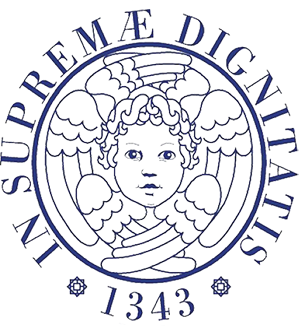Definition:
Removing a urethral catheter or a nephrostomy probe previously applied.
Indications:
It may be necessary to place an endourethral brace (e.g. a double J) or percutaneous nephrostomy in some urinary tract disorders. The indications for the placement of these temporary prostheses are many (see leaflet), essentially obstruction or discontinuation of the urinary tract.
The function of these tutors is to ensure the elimination of urine.
Often, these devices are positioned before or during endoscopic or surgical intervention and are kept in place for a period of time that may be few days or even months.
Technical Description:
The extraction of a nephrostomy probe is an outpatient procedure that is carried out without anesthesia. The patient only experiences a mild sensation of discomfort when the nephrostomy probe is pulled out. A few drops of urine can spill from nephrostomy probe. In particular cases there may be a greater urinary loss.
The extraction of a urethral brace generally requires a Day Surgery as urethrocystoscopy is needed to grab the extremity of the brace in the bladder with a special plier and bring it to the outside.
In such cases a short sedation may be recommended. In most cases, the maneuver can be performed in an outpatient setting.
Some types of urethral tubes come out directly from the urethra or have the bladder end connected with a short outer wire. These types of tutors are kept for a shorter period of time (communication with the outside facilitates the infection). Their extraction is performed in an outpatient setting, it is simple and is almost painless.
Patient Preparation:
Usually an antibiotic is administered to prevent infection. In the case of endoscopic removal of a urethral stent in a male a local contact anesthesia can be performed a few minutes before practicing the procedure.
Duration of intervention:
The intervention takes a few minutes.
Type and duration of hospitalization:
This is often an outpatient service included in the DRG of the previous intervention.
Complications:
Urinary loss from the skin after removal of nephrostomy may be, in some cases, persistent or of significant magnitude. Additional tests will be advised and nephrostomy or other means repositioning may be necessary. The onset of lumbar pain, kidney colic or manifestation of discomfort and fever after the removal of a tutor must be reported to your urologist. In fact, urinary infection may occur despite sterility and antibiotic prophylaxis. It may be necessary in some cases to have a short hospital stay.
Limestone concretions or even real calculi may take place on the nephrostomy or endourethral tutors even though they are removed within the time recommended by the manufacturer. Likewise a tutor can quickly wear out and break inside the urinary tract. This is not predictable and often depends on the chemical characteristics of an individual’s urine.
Very often it is only at the time of extraction that the complication is noticable. In some cases limestone concretes are such as to prevent extraction of the tutor and require endoscopic maneuvers resulting in anesthesia.
Descriptions of cases where the extracorporeal lithotripsy was required to calculate around the nephrostomic or endoureteral probe. The extraction of the guardian fragments from the upper excretory pathway (renal and urethral cavities) is performed with ureteroscopy.
Endoscopic surgery, generally short-lived (10-20 minutes) requires general anesthesia and is performed in day surgery. In rare cases, the complexity of the clinical situation may require longer surgery time and longer stays.
Attention to pay at discharge:
It is advisable to practice antibiotic therapy for a few days (5-7).
How to behave in case of complications arising after discharge:
After the removal of a nephrostomy probe, a loss of urine from the loin can usually occur within 24-48 hours. If after 3 days urine loss persists, it is advisable to consult the urological center for advise.
After endoscopic removal of a urethral stent, some kidney colic may occur, especially if the stent had been placed after treating a kidney stone. If the colic does not resolve with common painkillers and is associated with fever, it is advisable to refer to the urologic center for what to do.
Checks:
Checks are related to the related previous procedure that puts the stent in place.

